We tried AceZone’s gaming headsets & they’re so good it’s almost cheating
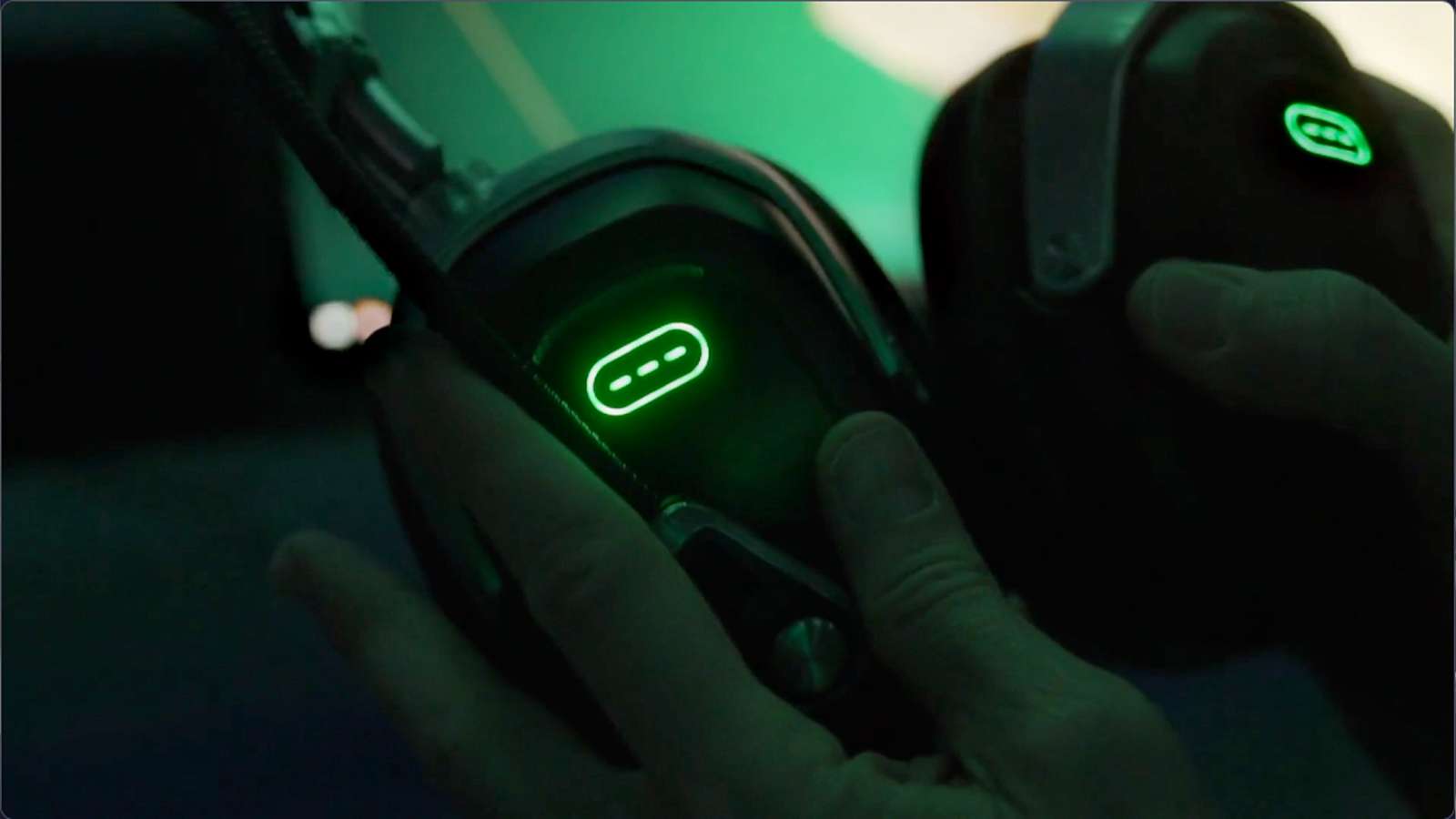 AceZone
AceZoneWe took a trip down to the AceZone offices in Copenhagen, which exposed us to their gaming headsets, packed with potentially groundbreaking tech.
A good gaming headset is a vital component of any esports or competitive gaming setup. How they work, and what features they have are key to most gaming enthusiasts.
If you watch esports tournament organizer BLAST’s streams, you’ve probably actually already seen AceZone headsets in action. EA has decided to take them on as the go-to headsets for Apex Legends tournaments, and having now tested them ourselves, AceZone’s headsets are incredibly impressive, and we dig deep to find out why.
What is AceZone, anyway?
Nestled in an unsuspecting office in the heart of Copenhagen, AceZone is a small company with a surprisingly large operation. Headsets are being crafted in the back by an older gentleman, Phillipe. We’re told by Daniel Kaae, the manager for PR and marketing, that these particular headsets are made internally to ensure that high standards are met. The lightweight casual headsets, like the A-Spire, are made externally in a factory.
Daniel leads us into a board room, where we’re introduced to Soren Louis Pedersen, co-founder of AceZone. Pedersen doesn’t have a background in gaming, instead, he’s best known for inventing the modern digital hearing aid.
After this, he created several companies, Libratone and Spottune, for audio equipment and even assisted the military.
Pedersen’s military work revolved around providing a solution for pilots to hear missiles’ direction before they appeared on the flight display. These are now used by NATO in their fleet of F16 aircraft.
Curious, we posited the question: “Did you ever expect to work to create gaming headsets?” His answer was a definitive “No”.
Pedersen tells us that he found himself at an esports tournament, where it first became evident of the issue AceZone would eventually fix. When sat in the booth, he wondered how would the players hear the game over the audience. With over 20,000 people in an audience during arena events, even the best gaming headsets on the market weren’t doing the job.
It’s a multifaceted issue that AceZone faces. Not only do they have to apply active noise canceling, but they also have to retain the integrity of the game’s audio mix, too.
AceZone’s technology is incredible, and while we spoke to Pedersen, he unraveled the fruits of his labor in front of us.
A-Rise and A-Live headsets explained
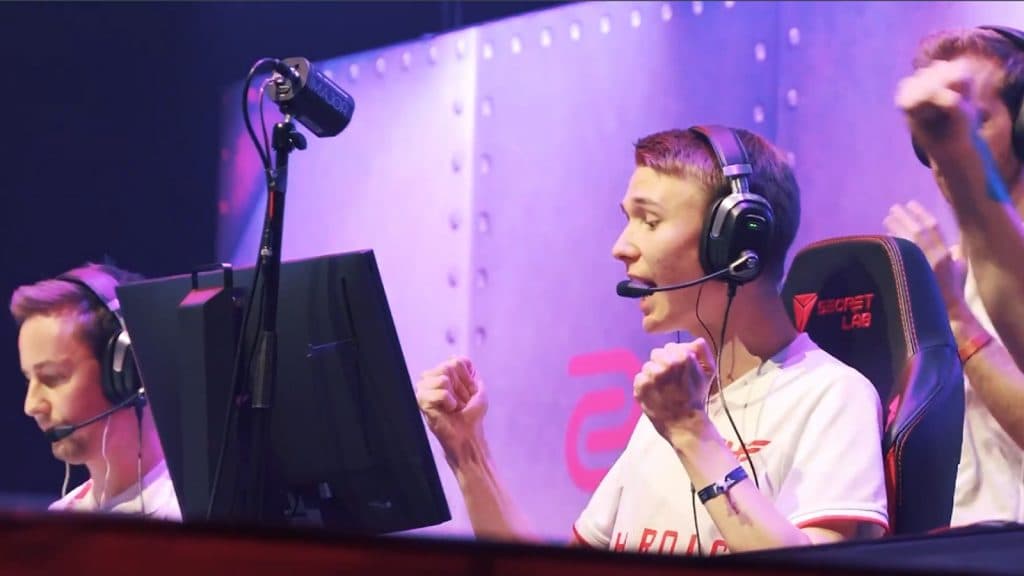 AceZone
AceZoneThe AceZone A-Rise and A-Live headsets might seem like normal gaming headsets, but there are many more interesting things going on beneath the surface. One example of this is the magnetic earcups, which can be replaced easily, and disinfected before another player uses them.
Inside the headset, there’s familiar noise-canceling tech, alongside another curious addition. The headsets use a smaller 42 mm driver, instead of the larger 50mm we’ve seen in many other gaming headsets. Pedersen explains:
“We selected a 42mm driver with a really long coil so that when it’s giving sound at high levels, there’s no distortion.”
“When you make a larger driver it’s a little bit like a subwoofer in your house, They are very good at low frequencies, but very bad at high frequencies.
“We selected a driver that’s good at gaming audio levels. If you’re going to play really low-frequency music, then it will [sound] impressive with that driver.
Speaking about AceZone’s decision to utilize a smaller driver diameter when compared to other gaming headsets, Pedersen breaks it down:
“There will be more distortion at the crucial level for communication and gaming. We didn’t like them to be honest, and we could see people were competing to get the highest diameter, but it has no purpose for this [headset].”
Even the microphones inside and outside have a special algorithm that is updated via an app to ensure the best quality for noise canceling.
How AceZone developed its noise canceling
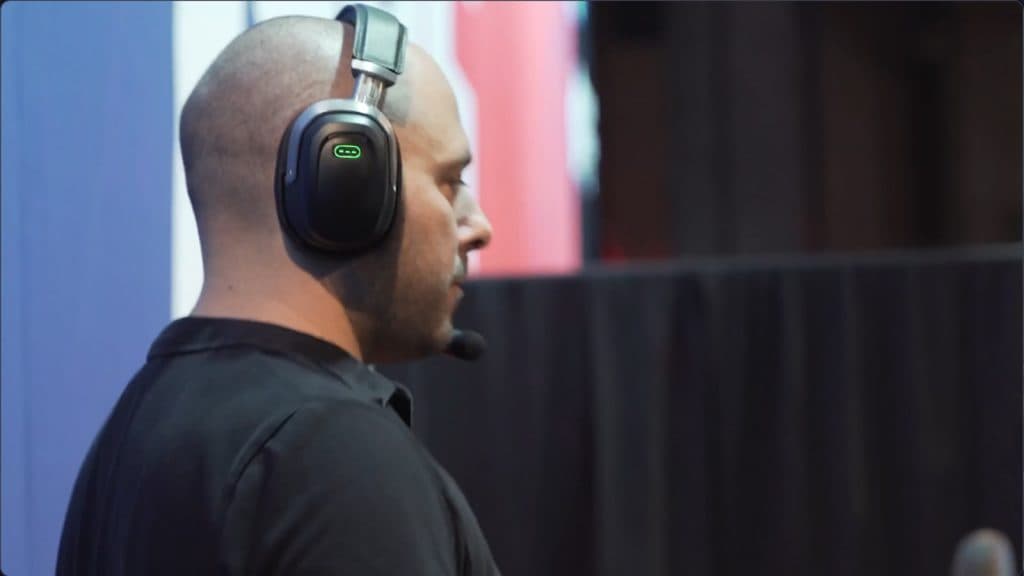 AceZone
AceZoneNoise cancellation is imperative to the products. AceZone has spent quite some time trying to figure out the best methods and found that it had to look elsewhere within the frequencies.
Hastily drawing a diagram to try to convey this mass amount of information to us, Pedersen pointed out that they were using something called “passive noise dampening”. The frequencies that companies like Sony and Bose look for all have to do with traditional entertainment. Things like music and movies don’t necessarily need this much care put into them, but gaming does.
Most companies will focus on the microphone feedback processing range at 30-300 Hz, while AceZone also uses the “feedforward” range.
This feedforward range at 100-1200Hz enables AceZone to begin cutting out the “speech area”. In effect, this means that the voices of everything around you can be canceled out in order to in favor of focusing on the game’s audio, instead.
Noise-canceling doesn’t just end at algorithms and software, as those earcups we mentioned before went through around 200 iterations before the company settled on the right one. They create a seal that should encase any user’s head into a perfect passive noise-canceling device.
Using the human body, hardware, and software to jolt this passive noise canceling into life did leave us suspicious. However, once we were taken into what AceZone calls the “Audio Cave”, everything came into view.
We delved deep into AceZone’s “Audio Cave”
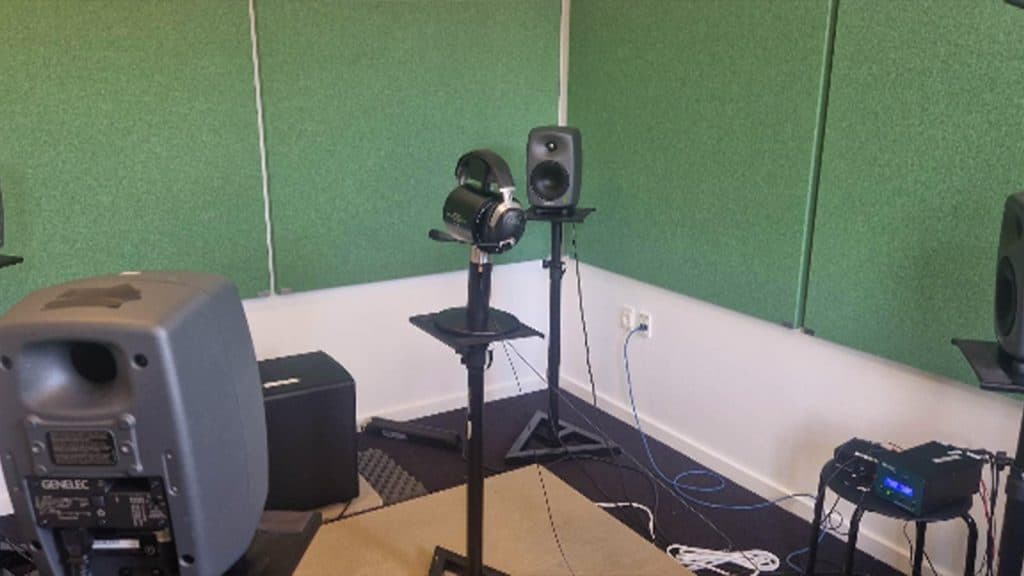 AceZone
AceZoneWe’re introduced to Morten Hessilt Kjær, the audio engineer. His job has seen him bring in professionals to test their headsets with a variety of games, while also trying to ensure that the noise canceling provided by the hardware doesn’t ruin the game’s audio mix.
It’s a delicate balance as Kjær demonstrated to us on AceZone’s makeshift sound stage.
The more noise cancellation that gets applied, the more the game’s audio mix gets muddied This is especially important for pro players who have gotten used to the original game’s sound mix. Imagine telling a player who has played Counter-Strike: Global Offensive since 2012 that the audio cues weren’t going to be there.
We used the top-end headset, The A-Live, which is built to order, for our testing. The closest consumer-grade analog would be the A-Rise headset which clocks in at a pricey $799.
The headset is made with the esports production scene in mind. Three lights on the side indicate quickly to producers what that headset is currently doing and there’s a singular USB-C connection to the machine.
Another issue that was found was players hearing the commentary box, which of course the noise canceling manages to fix.
Kjær elaborates that the task they were given was to prevent any potential problems with hearing the casters or production crew.
Placing it on our heads suddenly brought all of Pedersen and Kjær’s words together. We’re blasted with a recording of a real audience at around 100-120db, to recreate what an esports pro might experience while on stage. The crowd noise became mere hushed chatter in the background, with only Kjær’s voice audible through his microphone.
The microphones feature a small guideline on how to get the best performance. Pedersen said that he’s conducted meetings on a seaplane with the headset. While we were chatting away, the audio from the simulated audience melted away.
Kjær spoke about the move between production, and providing a consumer-level product – the A-Spire. It’s a much smaller, lighter headset in comparison to the other two, even if it looks like an older Microsoft-branded headset from the mid-00s.
Things are partly the same inside, but AceZone wanted to bring something new to the table, something that not only worked at home but at some of the largest LAN events hosted today.
“What you gain on stage, what you just felt, also applies to the LAN party with 3000 gamers.
“Unless you’re in a bunker that’s totally silent, then there’s a reason to buy AceZone.”
AceZone headsets actually have a noticeable in-game advantage
AceZone’s biggest feature is something that they’ve had to address directly in marketing. Due to the frequencies they target, and the passive dampening in place, you can actually hear the footsteps in a game of Counter-Strike much earlier than others on the market.
“Is it cheating?” is something that the team took from a pro player who was concerned about the headsets. However, there’s nothing interfering or anything like Nvidia’s Reflex system. It’s simply science, by isolating the player in the soundscape they’ve developed, they’re able to engross you further into the game.
There are no alterations to Valve’s software or the Source Engine. Everything is already there, it just depends on how you build a gaming headset.
AceZone’s team of experts might not be from gaming backgrounds, but the hardware they’ve produced has fixed an issue that not one other gaming-centric company has managed to do.
Seeing the AceZone headsets in action at BLAST
BLAST is an esports organization you’ve probably seen and heard of if you’re into any of the games that they support.
Pedersen elaborates to me that BLAST hired an external TV director, instead of someone from within esports. The result is not only an operation seemingly fuelled by an endless supply of Faxe Kondi sodas but a smooth one too.
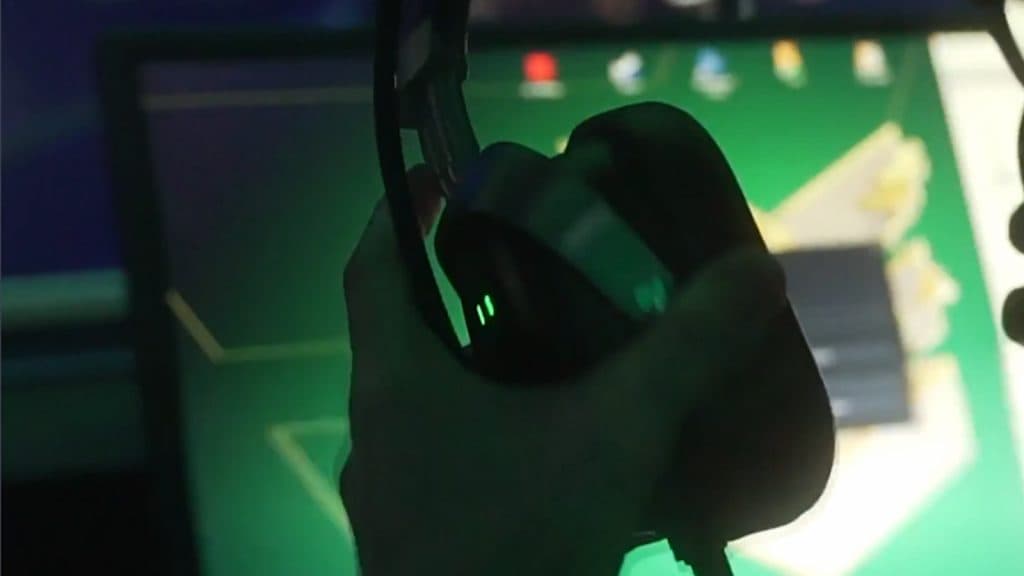
Counter-Strike is being played, with the hopeful pros aiming to make it to a Paris major. Unfortunately, we weren’t permitted to talk to anyone playing, but using the AceZone headsets upfront and center was incredibly interesting. What is odd is seeing how these pro players use the headset itself. One player had what looked like wired Razer earbuds in his ears. The AceZone A-Live headset was also nestled on top of his head. The headset was still on, but he was using only the microphone and noise canceling.
It turns out, that some of the players are so used to the bad audio coming from their old earbuds, that all they need is noise cancellation and a microphone. Even when not in use, the AceZone headsets are being implemented in some capacity.
Impressive headsets are not for everyone
AceZone’s hardware isn’t for everyone. However, what AceZone is doing is changing the game in ways that traditional gaming-centric companies might not consider. There’s a lot of stagnation in the tech and gaming industry, but AceZone proves that if you build a good enough product, the people will come.
To put it further to the test, we plopped the A-Spire ($399) on our heads while on a plane. Alone, and in an environment not curated or a silent hotel, we were intrigued. The rumble of the engines and the crying baby in the back were drowned out by the tech inside the headset. A microphone check also revealed that it managed to handily suppress the noise coming from other passengers.
This is something that other gaming headsets just do not do, and the way that AceZone’s headsets work left us incredibly impressed, as we now work on testing for ourselves if the headset really is as good as they claim.


